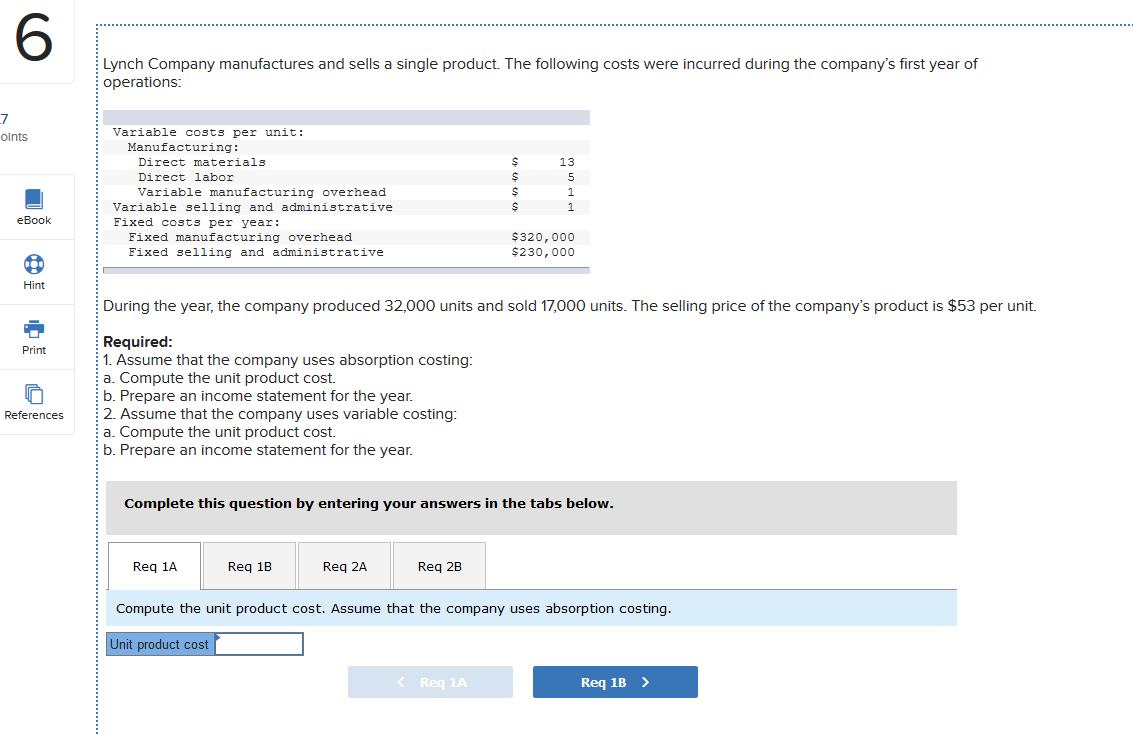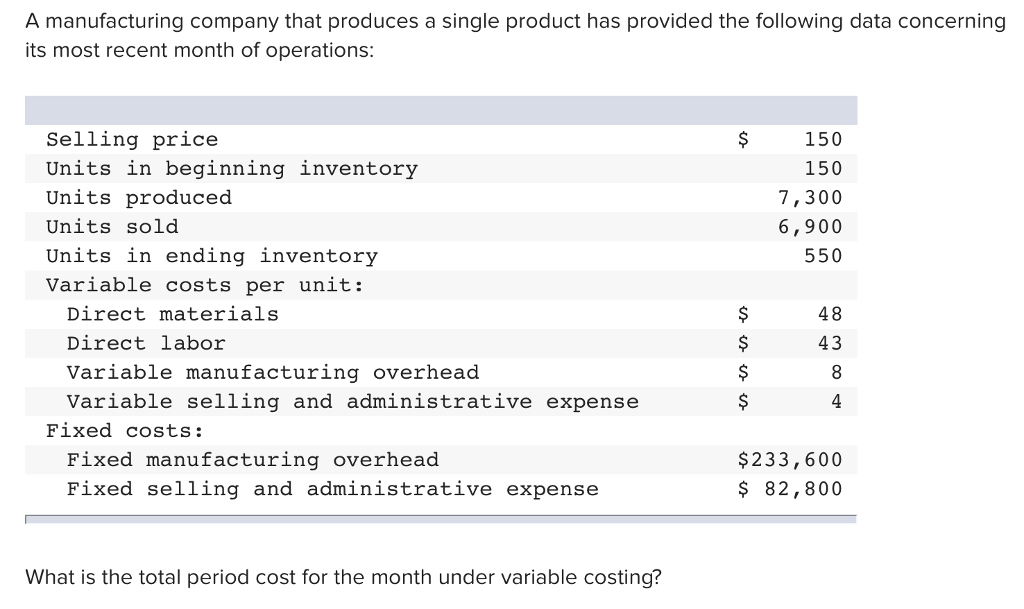
Understanding these features is crucial for any business to plan and manage their finances effectively. Variable costs play a significant role in determining the breakeven point of a business. The breakeven point is the level of production at which total revenues are are direct materials variable costs equal to total costs. Here, understanding the variable cost is key, as it contributes to calculating the per-unit cost of production that impacts the pricing strategy. Understanding the difference between variable and fixed costs is essential for any business.

Variable Costs in Pricing Strategy
Actively seeking ways to reduce variable costs and continuously adjusting strategies can have a positive impact on both profitability and the overall success of a business. Understanding the distinction between variable and fixed costs is crucial for financial planning, budgeting, and evaluating business expenses. In conclusion, understanding cost behavior and its impact on business decision-making is crucial for the success of any organization. By analyzing cost patterns and how they influence pricing strategies, businesses can make informed decisions to maximize profitability. The balance sheet gives a snapshot of the company’s financial position, including assets, liabilities, and equity. A business with a high proportion of fixed costs might require a larger asset base to cover these expenses, affecting the balance sheet’s overall structure.
Fixed and variable costs in ecommerce (with examples)
Understanding variable costs is crucial for businesses to efficiently allocate resources and maximize profitability. In summary, understanding and managing fixed and variable costs is paramount to conducting accurate financial analysis and enhancing a company’s performance. By leveraging various tools such as operating leverage, break-even analysis, and key financial ratios, businesses can make informed decisions that lead to long-term success. Knowing which costs are fixed and which are variable assists in making informed decisions in budgeting, forecasting, and operational planning to increase overall efficiency and profit. In the realm of scaling operations, the behavior of variable costs is crucial.
Examples of fixed costs for ecommerce
Thus, much of their labor becomes a variable cost – though not the cost of the managers, whose salaries are paid regardless of output. The marginal cost will take into account the total cost of production, including both fixed and variable costs. Since fixed costs are static, however, the weight of fixed costs will decline as production scales up. Examples of variable costs include a manufacturing company’s costs of raw materials and packaging—or a retail company’s credit card transaction fees or shipping expenses, which rise or fall with sales. A variable cost is an expense that changes in proportion to how much a company produces or sells. Variable costs increase or decrease depending on a company’s production or sales volume—they rise as production increases and fall as production decreases.
The direct materials cost may be included as a separate line item in the cost of goods sold section of the income statement. It is also one of the few line items included in a contribution margin analysis. In manufacturing, the total cost of direct labor, raw materials, and facility upkeep will take the biggest bite out of your revenue. Cutting costs by sourcing lower-quality raw materials can reduce variable costs in the short term but might harm the brand’s reputation and customer trust in the long run. For instance, purchasing raw materials in bulk might result in discounts, thereby reducing the cost per unit.
Direct labor is sometimes a variable cost depending on how you staff your production area. Odds are, your production area needs a minimum amount of staff to operate regardless of how many units you produce—this is a fixed cost. But if you need more staff (or need staff to work more hours) to fulfill an order, paying wages for these labor increases would be considered a variable cost.
For example, a company may have to pay a set amount of rent for its production facility every month, regardless of how many items it produces. In each of these cases, a thorough understanding of variable costs aids in making informed, strategic decisions that can significantly impact a business’s bottom line. This is why managing variable costs is not just a matter of monitoring expenses, but a key function of overall business management. While you can theoretically rent a cheaper property for your work or downgrade your telephone service to get a cheaper plan, your business will always have fixed overhead costs of some kind.
By managing fixed and variable costs, companies can strategically align their expenses with revenue, resulting in increased profitability. Fixed costs are expenses that remain unchanged, regardless of the production or sales volume. They are a constant part of the cost structure and include costs such as rent, insurance, and interest payments. For example, labor costs for salaried employees are considered fixed costs as they do not fluctuate based on production levels. This refers to any expenses that fluctuate relative to the number of units the company produces, such as direct materials, direct labor, commissions, or utility costs. Fixed costs refer to expenses that do not change with production output, such as rent for your offices or salaries for permanent employees.
In her spare time, Kristen enjoys camping, hiking, and road tripping with her husband and two children. The firm offers bookkeeping and accounting services for business and personal needs, as well as ERP consulting and audit assistance. If you’re looking for support with tracking all the costs that go into making your business possible, FreshBooks accounting software can help. With in-depth expense tracking, powerful reporting features, and around-the-clock support, we can support your business as it scales up and reaches new heights. An example of an indirect material would be sandpaper, which is necessary for creating the chairs, but doesn’t make it into the final product. Companies should purchase materials when demand is expected to exceed supply in order to avoid any delays or disruptions in the production process.
- Then assign a standard cost to each item, based on recent prices paid for them (including freight and sales taxes), and add a reasonable allowance for scrap and spoilage.
- While understanding variable costs is vital, it’s equally essential to be aware of their limitations.
- By managing fixed and variable costs, companies can strategically align their expenses with revenue, resulting in increased profitability.
- In conclusion, understanding cost behavior and its impact on business decision-making is crucial for the success of any organization.
- A thorough understanding of variable costs is required to make these types of decisions most effectively.
- While direct costs are easily traced to a product, indirect costs are not.
For example, if a restaurant looks to expand its operations and add more tables, it will need more ingredients to meet the expected increase in food orders. This is a variable cost that must be accounted for in the scaling strategy, affecting decision-making on pricing, staffing, and even the selection of suppliers. Jami Gong is a Chartered Professional Account and Financial System Consultant.
Just as CSR and variable costs are linked, so too are sustainability efforts and variable costs. By optimizing their processes and reducing waste, companies can actually decrease their variable costs. For instance, a business could achieve substantial savings through energy efficiency, reduced waste production, or use of recycled materials, all of which align with sustainability goals.
No responses yet